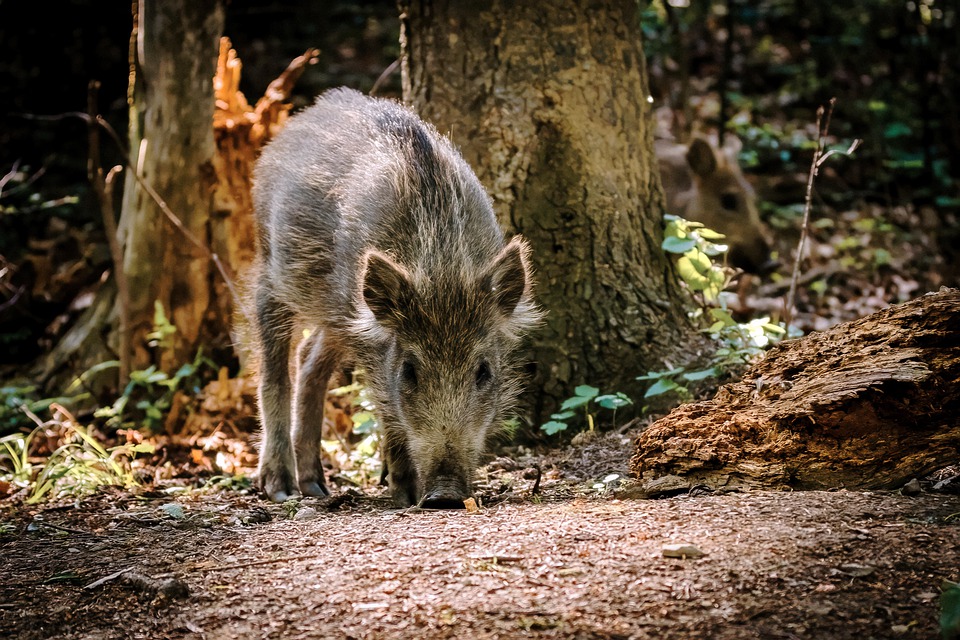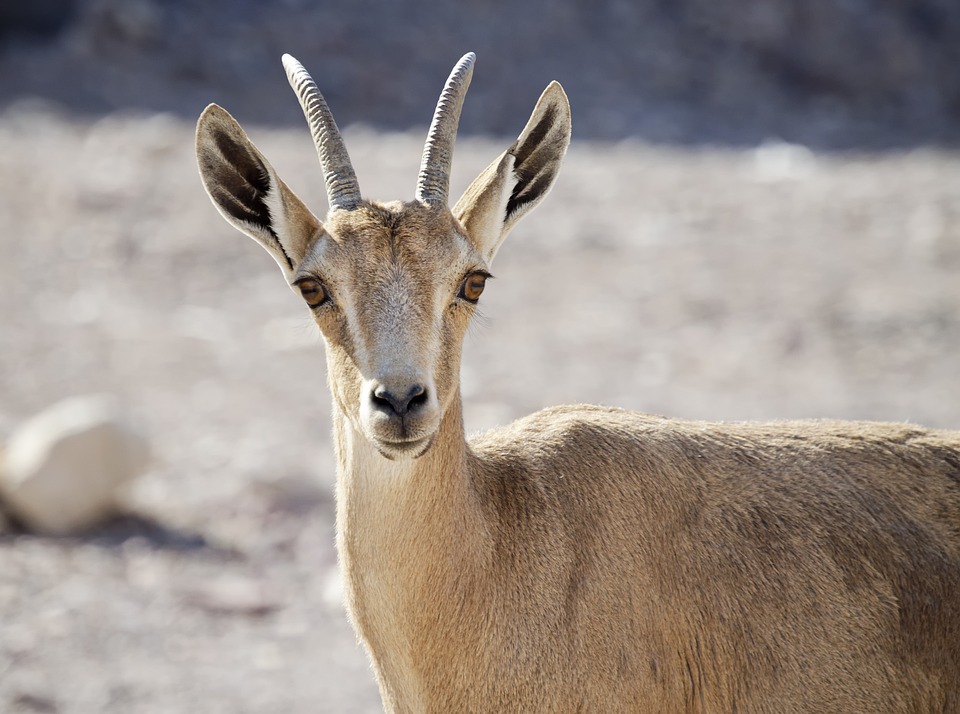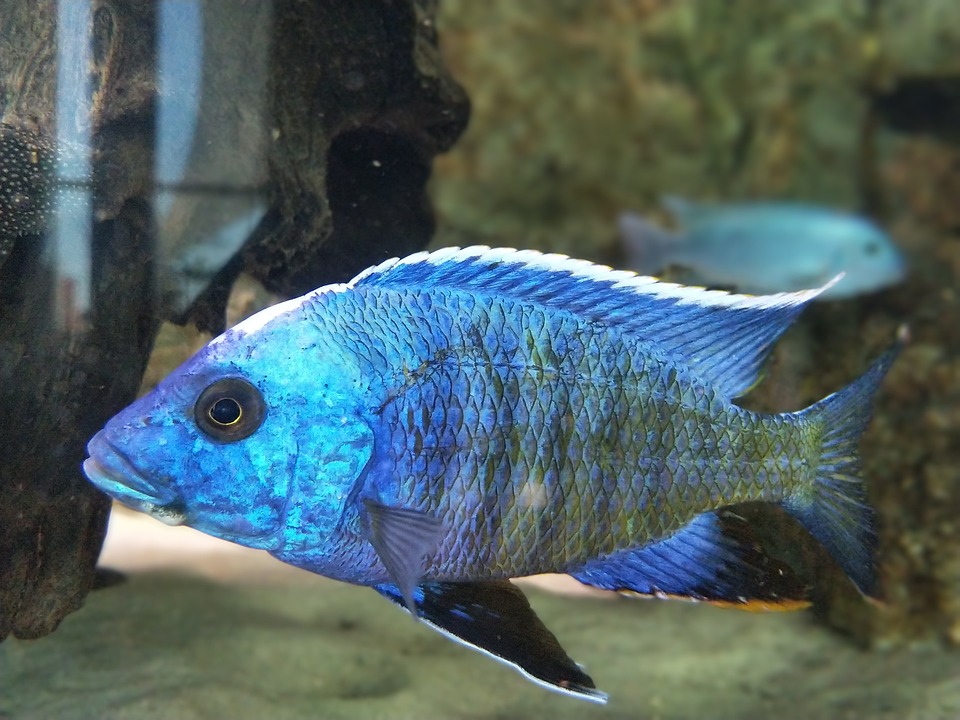When we think of nature and wildlife, cities may not be the first thing that comes to mind. However, the biodiversity in cities is much higher than one might think and comparable to forested areas, according to Anouk Taucher. Anouk is a wildlife biologist and doctoral student at the Swiss Federal Institute for Forest, Snow and Landscape Research (WSL) and ETH Zurich, who has made the city her specialty. She researches the distribution of wildlife in urban areas, focusing primarily on native mammals such as hedgehogs and squirrels, as well as badgers, foxes, and introduced raccoons. Her main focus is on how to efficiently assess wild animals and what habitats our „wild neighbors“ prefer.
Tracking Squirrels:
One example is squirrels, charismatic representatives of wildlife in the city. „Squirrels are not systematically counted,“ says Anouk Taucher, „so it is unclear how large the squirrel population in Zurich is.“ Squirrels can still be found in the parks and gardens of the city. „However, it is feared that their numbers are declining.“ Squirrels need contiguous tree stands to move safely and reach food sources. With the increasing density of cities, their habitat is under pressure.
The Wild Side of the City:
To investigate the distribution of our wild neighbors in the city, Anouk Taucher and the CityWildAnimals project use various monitoring methods such as camera traps and observation reports from the population. In her doctoral thesis in the Ecosystem and Landscape Evolution research group at WSL and ETH Zurich, Anouk Taucher compares these traditional methods with newly developed monitoring methods based on environmental DNA. „The animals leave their DNA in the streams and waterways of the city, which we can then filter out and analyze with pumps,“ explains Anouk Taucher the method.
With the Help of the Population:
The research and conservation of urban wildlife diversity also require the help of the population. Observations of wild animals, whether it’s a fox at the bus stop or a squirrel in the garden, should be reported on stadtwildtiere.ch. Anouk Taucher relies on this data. Understanding the habitats of wild animals is important for protecting squirrels, foxes, hedgehogs, and others, but also for improving coexistence with wildlife.
In conclusion, the city is not just a concrete jungle but also a habitat for a diverse range of wildlife. By studying and monitoring these wild animals, researchers like Anouk Taucher are shedding light on the importance of urban biodiversity and the need to protect and conserve our wild neighbors in the city. Through collaboration with the public, we can ensure a harmonious coexistence between humans and wildlife in urban environments.





